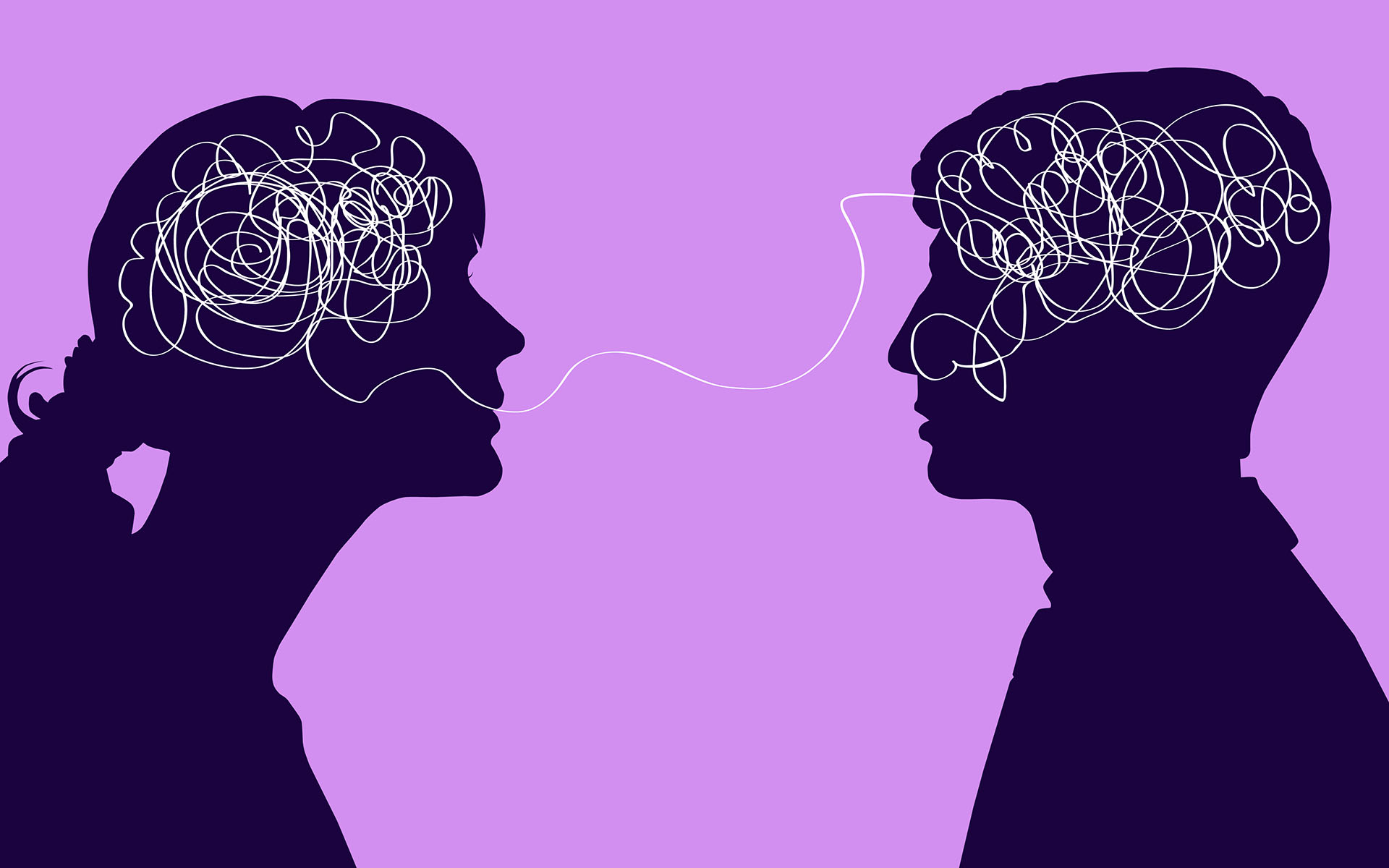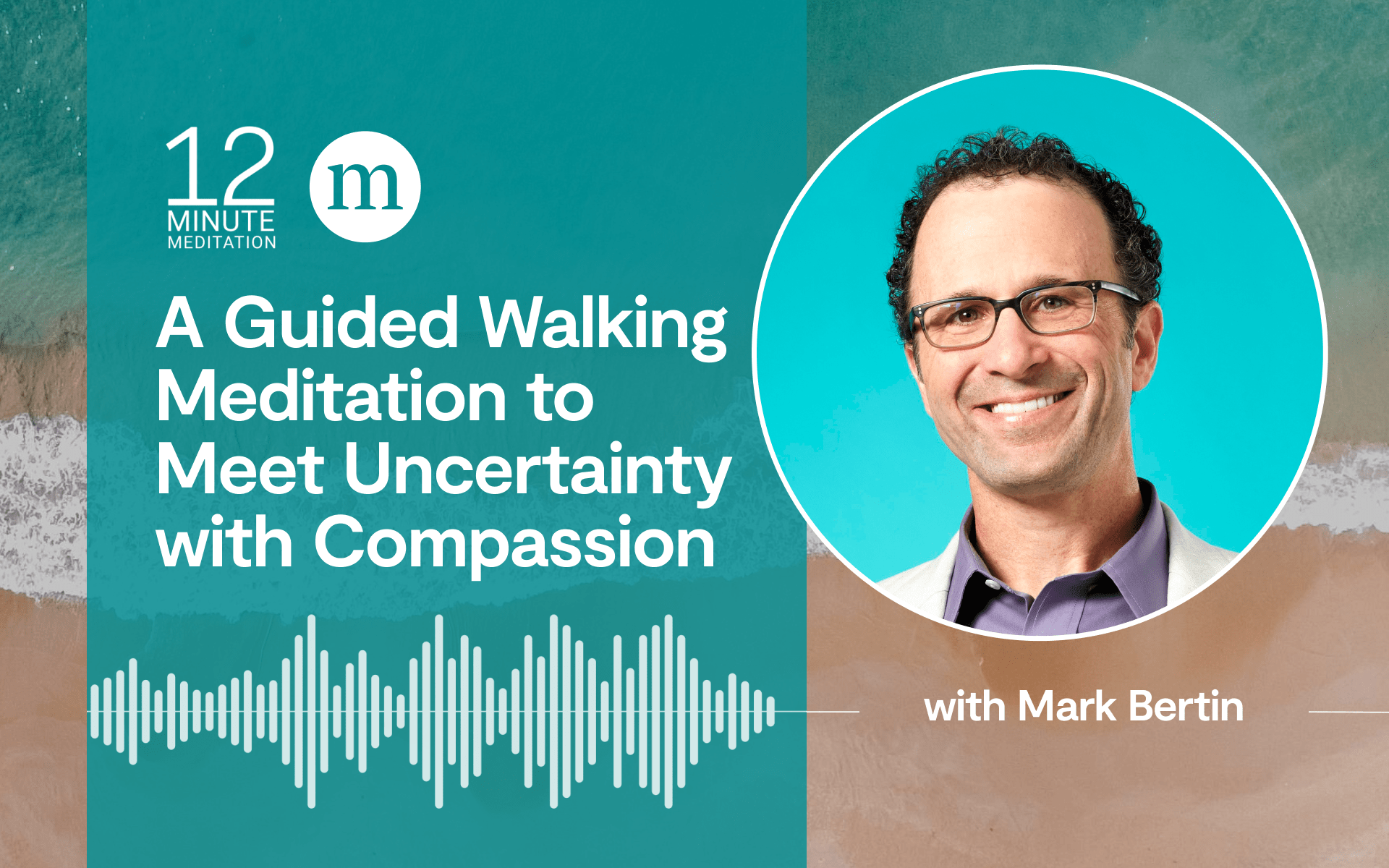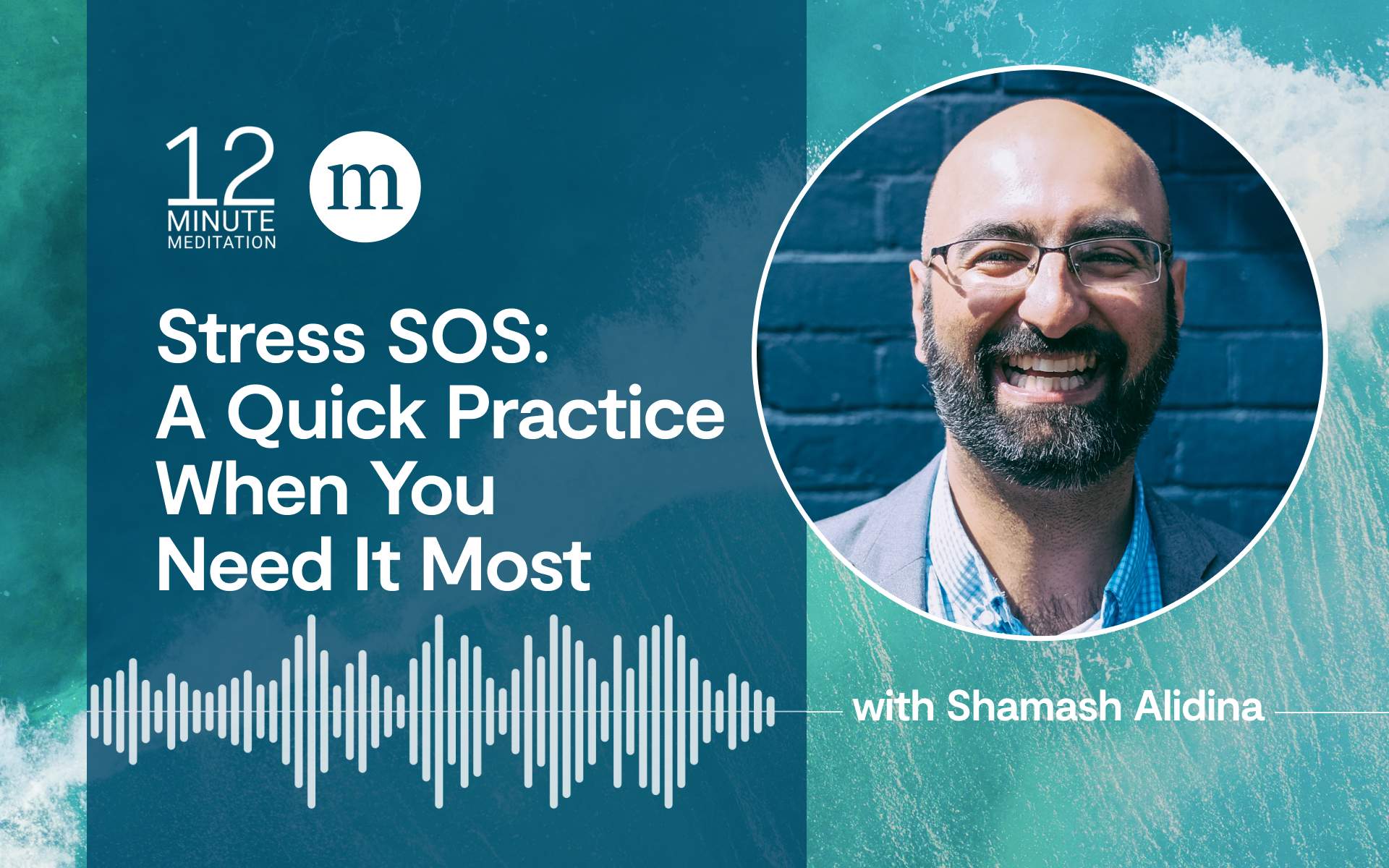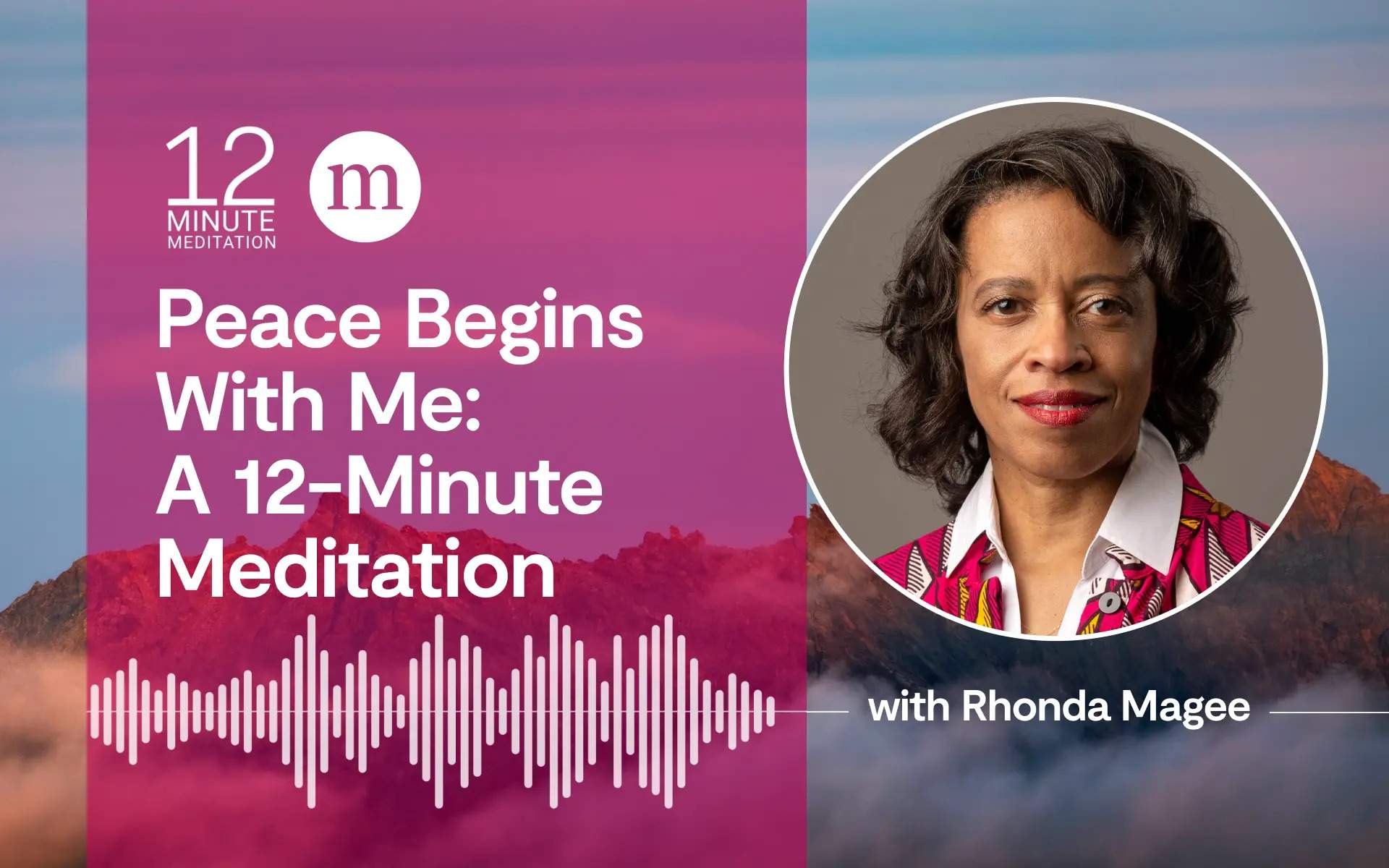If we’ve been practicing mindfulness and other awareness practices, we know that even on difficult days like election day we’re just a moment of awareness away from a sense of greater ease and greater capacity to be with what is.
The acronym S.T.O.P. encapsulates how mindfulness practice can support us in making the most of opportunities for engagement in the world most especially during election day. Like all mindfulness practices, it has many different applications. For one, it is a simple tool that can support us in being here in a much more lively way with ourselves, opening up to what is coming up for us, right here, right now.
Stop and Take a Conscious Breath
S stands for Stop
Stop what you are doing and if possible, perhaps take a seat. If standing, just pause where you are standing. It’s really about standing in your dignity or sitting in your dignity, to support bringing mindfulness to this moment. As you settle in, breathe in and out, allowing attention to rest on the feeling of the breath as it flows into the body, and out. Feel the nourishment of taking a moment to pause. This first step can be as short as just an instant, or as long as you like.
T stands for Take a conscious breath
Now, taking one, very slow and conscious breath in, and a full complete breath out, really notice what it’s like to allow your attention to rest on these sensations of breathing. Continuing to take a few very conscious, very intentional breaths. Simply allow yourself to feature the breathing aspect of the experience of this moment, one breath at a time.
O stands for Observe
What is coming up for you in this moment? The shorthand T.E.S.—thoughts, emotions, sensations—can remind you of what you might gently scan for as you observe your experience.
What kind of thoughts might be arising? Imagine thoughts as being like clouds, moving through the sky of your consciousness, and just note the thoughts as they come up for you.
Then, what emotions or feelings are present? Is there some discomfort? Some feeling of opening to joy? Whatever is arising is perfectly OK. There is no right or wrong way to feel. Mindfulness is about rolling out this welcome mat, allowing yourself to feel what’s here right now.
Then, notice sensations: You might feel a tightness around the shoulders, or a sinking feeling in the belly. Whatever is prominent, invite a reflection on the sensations that are coming up for you. The intention is just to create a spacious way of holding the sensations. Yes, these sensations are here right now.
P stands for Proceed
Finally, when you’re ready, notice the opportunity presented in this moment to proceed, to choose how to move from this place of reflective awareness into engagement. Proceed with presence, all the while holding your experience with kindness, friendliness, and self-compassionate for your experience in this moment.
Notice the opportunity presented in this moment to proceed, to choose how to move from this place of reflective awareness into engagement.
When you are ready, transition out of this practice. Feel what it was like, and any way in which that moment of practice may have shifted your experience. Bring awareness to that shift, to help you see just how mindfulness practice is for you. Many teachers use the term “YOU-ru” as opposed to “guru,” which means you can take full ownership of the great opportunity that being alive presents: to deepen your ability to meet whatever is coming up, with more steadfastness, more stamina, more resilience, and more intentionality about how you want to be during election day.
read more
8 Questions That Can Help Ease Election Anxiety
What can we do to stay resilient during the leadup to the US election? These questions will help you check in with yourself daily. Read More
Having a Tough Conversation? Try This 12-Minute Meditation to Reset
It’s not always the case that our formal mindfulness practice carries seamlessly into daily life—especially in conversations that spark tension. Shalini Bahl-Milne offers a practice to help you ensure you can be mindfully present for these difficult moments. Read More
A Guided Walking Meditation to Meet Uncertainty with Compassion
When we’re facing the unknown, our thoughts and emotions often go into overdrive and we lose sight of being kind to ourselves. Mark Bertin reminds us that we are not alone and offers a practice to work with uncertainty. Read More











